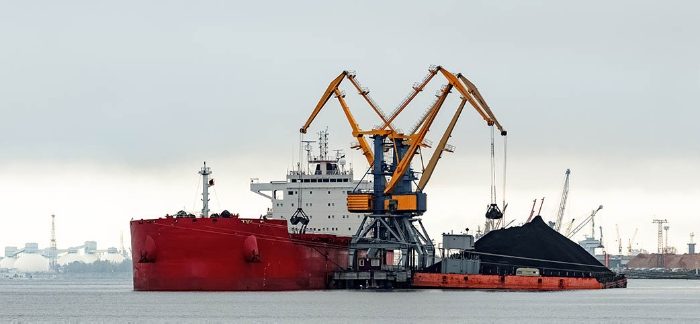On 1 January 2019 amendments to the IMSBC Code will apply. In an article to Gard Club, Penelope Cooke of Brookes Bell LLP explains the impact of these changes on vessels carrying coal cargoes.
The amendments to the IMBC Code regard the criteria under which coal cargoes are considered Group A, namely liable to liquefy, in addition to Group B chemical hazards which apply to all coal cargoes. Thus, coal cargoes may need the same TML and moisture certification as other Group A cargoes, such as concentrates, nickel ore and iron ore fines.
The classification of coal has been amended so that it will be treated as both Group A and B, unless otherwise tested.
This means that all coal cargoes are to be considered as both liable to liquefy and have a chemical hazard – unless they meet the new criteria as detailed in the IMSBC Code.
Ms. Cooke reports.
In order for shippers to show that a coal cargo is not Group A, they can do it in two ways:
- Coal cargoes will not be subject to Group A requirements if they have a particle size distribution, like: Not more than 10% is less than 1 mm AND not more than 50% is less than 10 mm.
- The relevant authority of the country of loading can specify laboratory criteria to determine if a coal cargo possesses Group A properties. These criteria would be based on the result of the test methods for Group A cargoes in Appendix 2 of the IMSBC Code.
[smlsubform prepend=”GET THE SAFETY4SEA IN YOUR INBOX!” showname=false emailtxt=”” emailholder=”Enter your email address” showsubmit=true submittxt=”Submit” jsthanks=false thankyou=”Thank you for subscribing to our mailing list”]
For cargoes that are Group A and B, operators are now able to test the cargo for its Transportable Moisture Limit (TML) using a new test method. This method includes a new procedure on how to deal with lumps over 50 mm in the sample. In this aspect, Ms. Cooke expects that suitable TML test facilities will not be widely available in commercial coal laboratories in the short term.
Moreover, the reason behind the declaration of a cargo as either Group B only, or Group A and B, will need to be clearly stated. The sizing criteria could be included on the cargo declaration, or it could be issued as another certificate. If there are no sizing criteria, the coal should be assumed to be both Group A and B. If the coal has a TML certificate then it must have protection from rain. What is more, the moisture content will need to be re-checked after any rain at the load port.
Finally, other dangers of coal, such as self-heating or methane emissions, still need to be monitored and controlled for each cargo.



































































Dear Ladies and Gentlemen,
The fact is, that if even the cargo declaration submitted to the Captain in advance before loading, there is no guarantee that it reflects the true nature of the cargo. In most cases the cargo declaration does not indicate Competent Authority approval and the vessel has no other opportunity, but to perform a can test and demand to re-analyze of the cargo.
The stricter requirements, regulations and control of the shore personnel/shippers to be established.